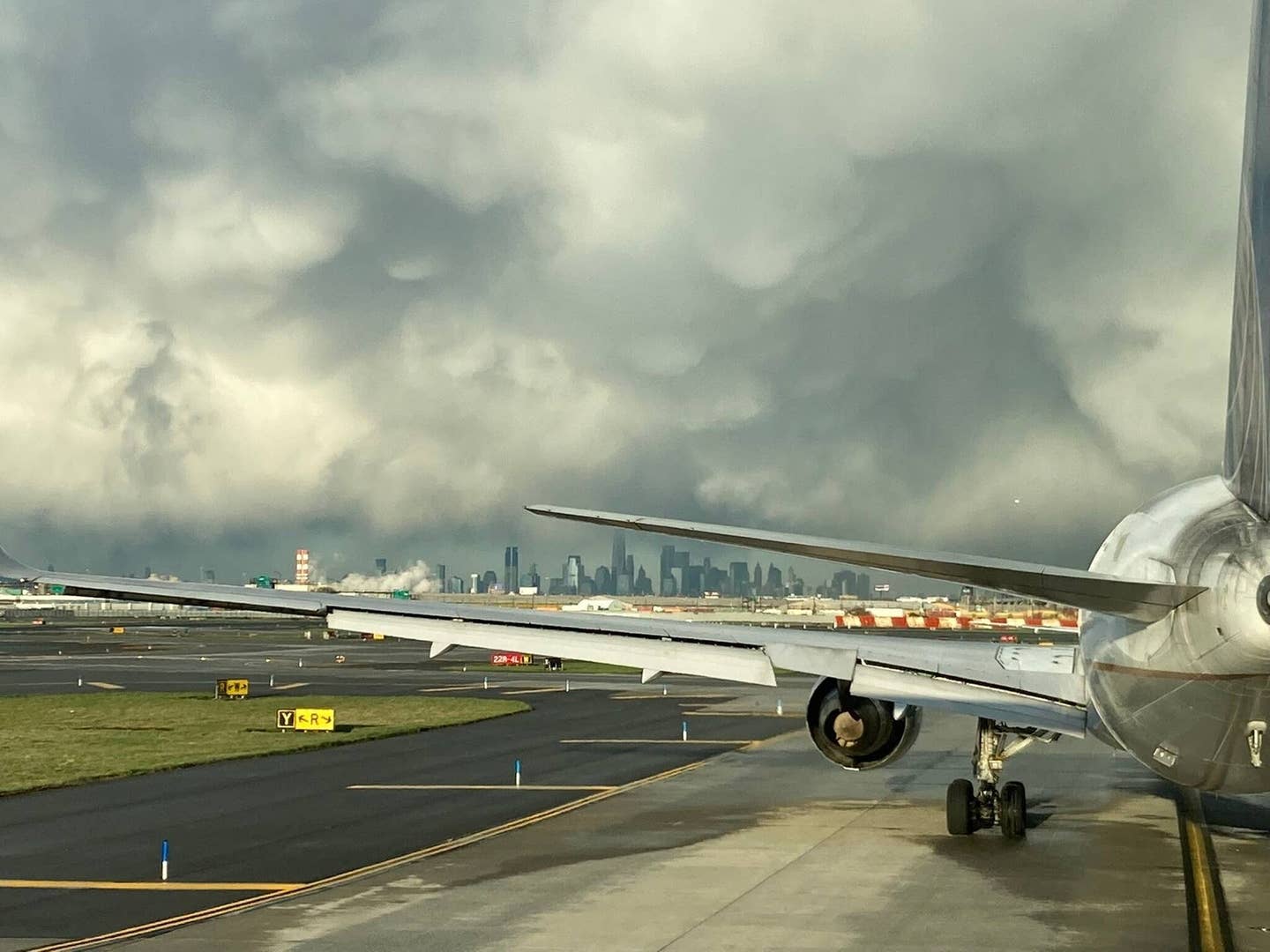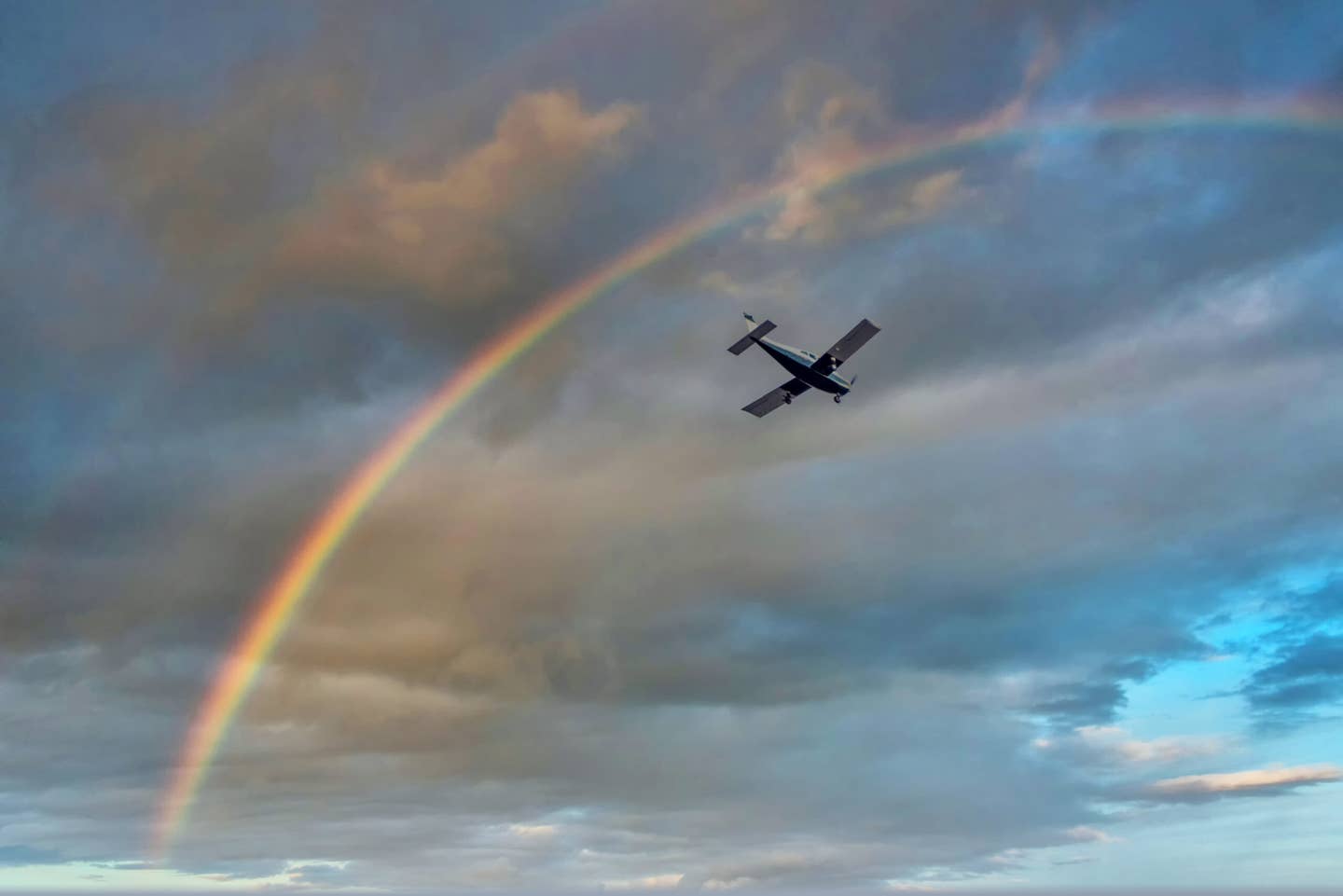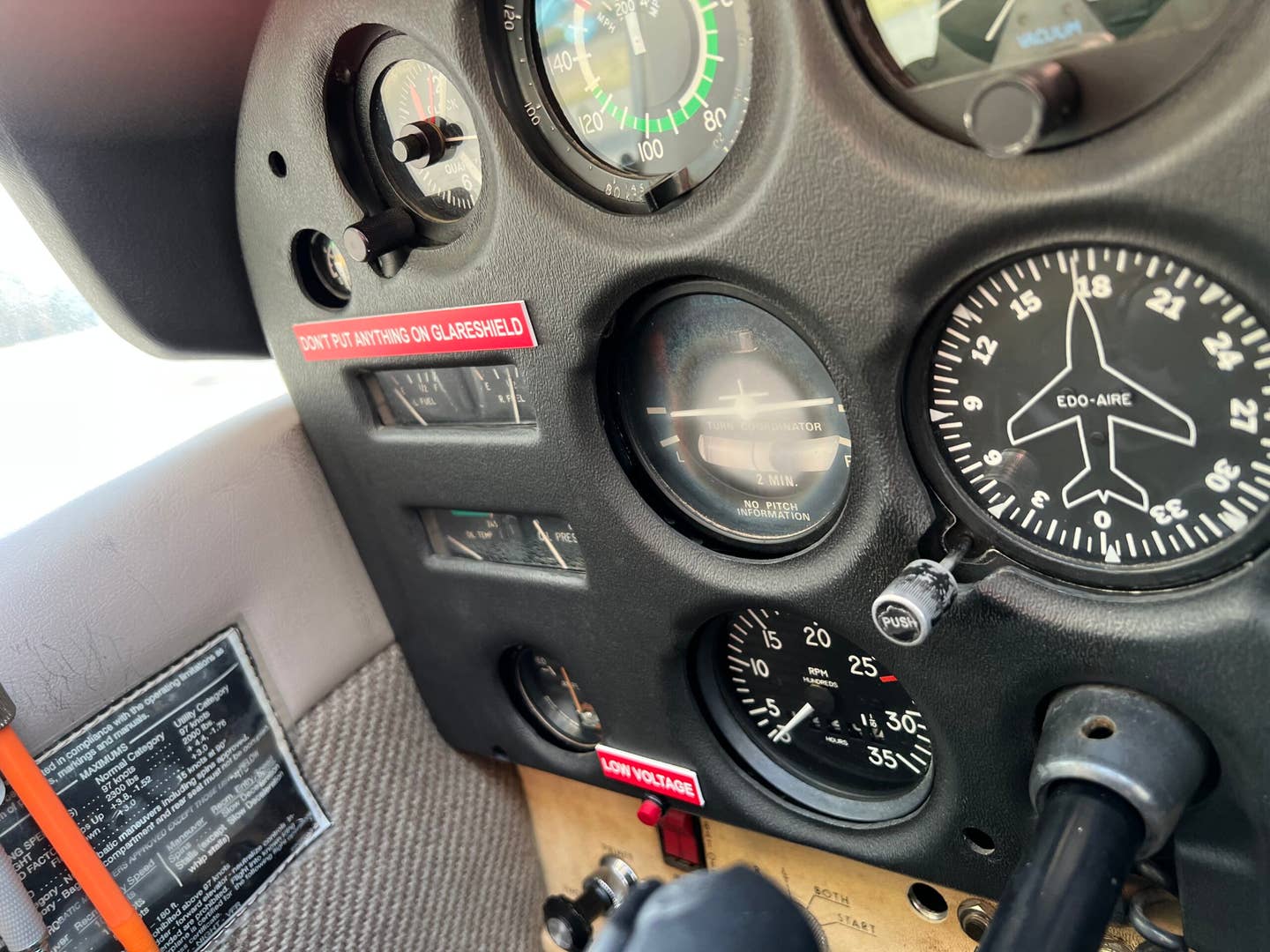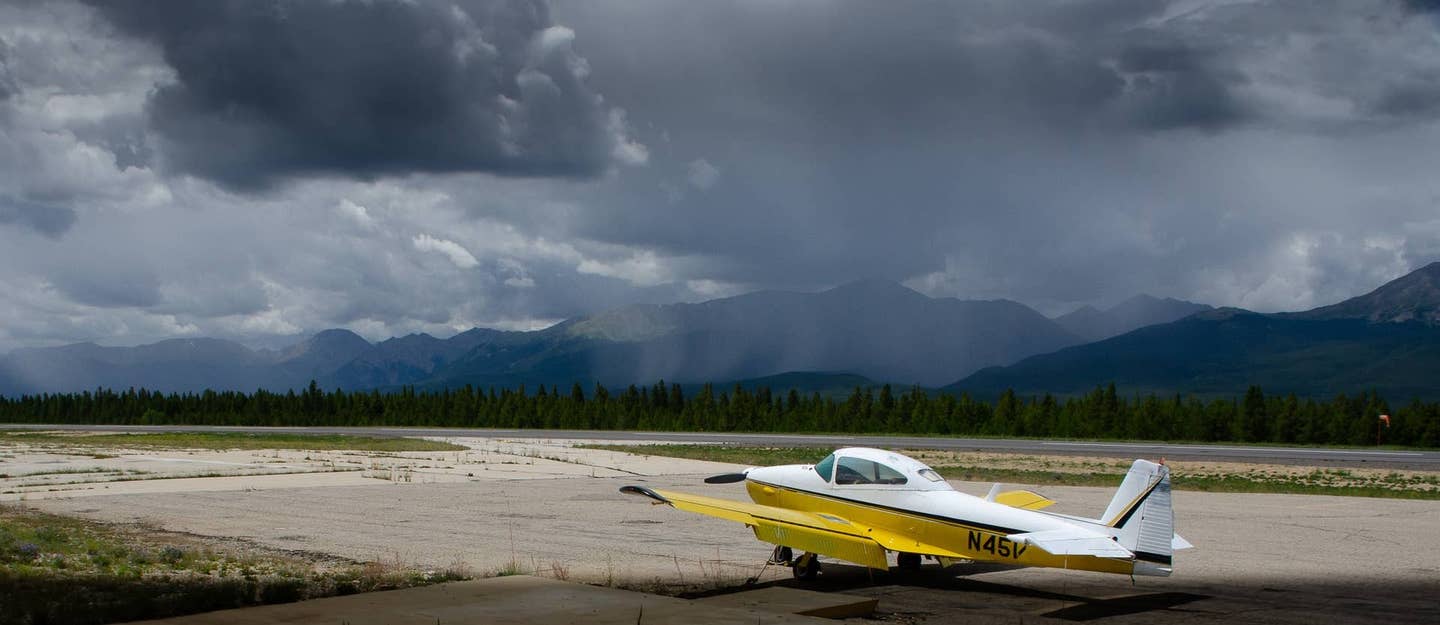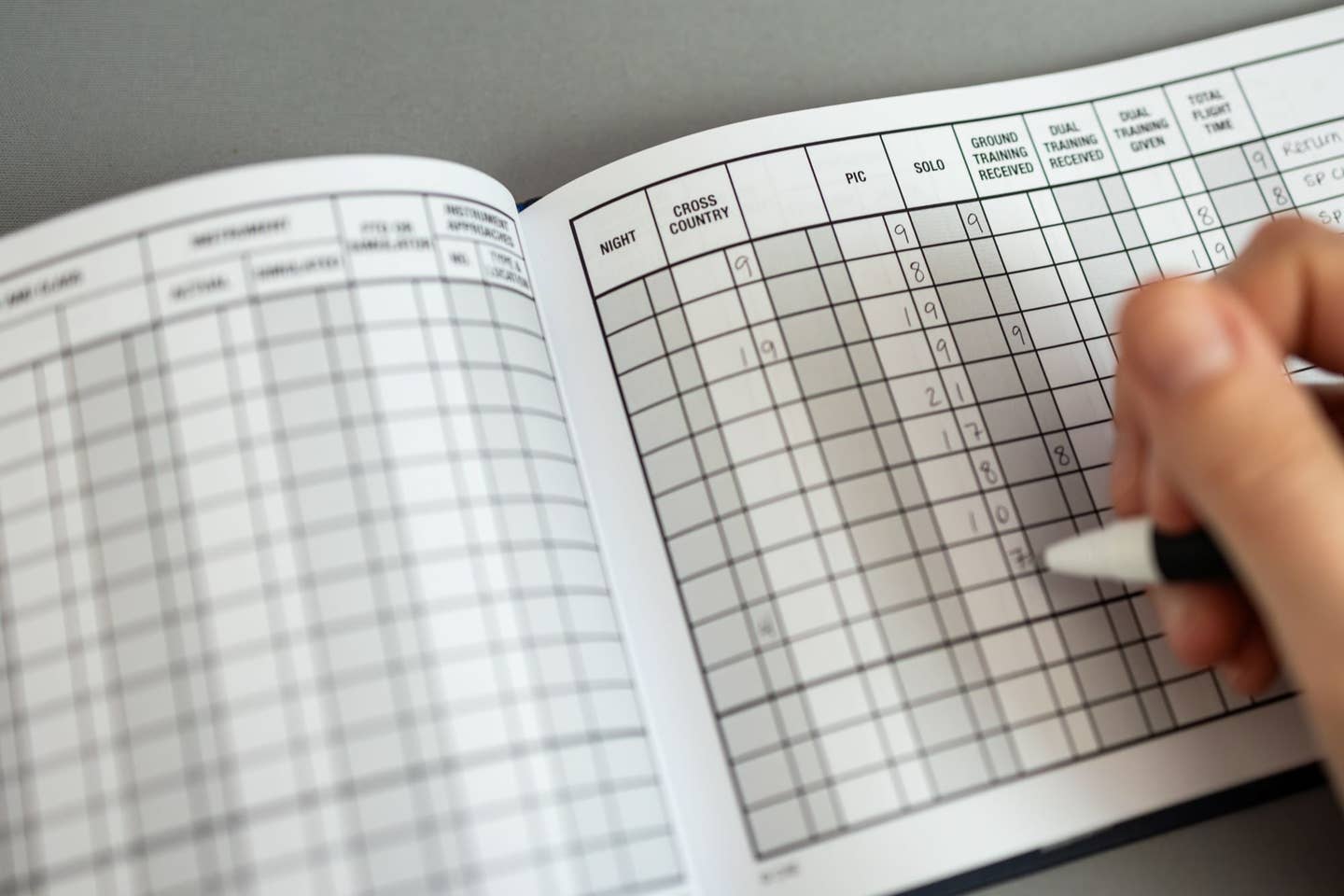
When I was recently asked to fly from my home in Los Angeles to Paso Robles, I experienced an unfamiliar nervousness. Flying used to be second nature. It didn't feel much more challenging than stepping into my car to drive to the grocery store. But I gave birth to a son in the summer of 2009, and flew fewer times in the past year and a half than I previously did in a week. I had lost my confidence and my proficiency.
A good friend was kind enough to lend me his airplane — a Grumman Tiger — for the flight to Paso Robles. I had helped him out with a biannual flight review about two months prior in the same airplane and I had about 15 hours of total time in that aircraft type. But prior to the most recent flight it had been four or five years since I had last flown a Tiger. I was definitely legal to fly and carry passengers, and I was also qualified under my friend's insurance policy.
Yet I felt that it was the right thing to do to go for a familiarization flight. I simply didn't want to dent the aluminum or worse… We tried to get together several times, but either our schedules clashed and the weather was bad. Fortunately we were able to meet up the morning of my trip to do some landings.
I'm glad we did. My friend's Tiger is hangared at Whiteman airport, just a few miles north of the much busier Burbank airport — an airport I'm not very familiar with. Runway 12-30 is only 75 feet wide and just over 4,000 feet long. Several power lines surround the airport and great care must be taken to avoid the class C airspace that encircles Burbank. This makes the pattern around the airport very tight to the south. Fortunately there are three tall chimneys that serve as a perfect landmark for the edge of the class C.
There was an additional challenge the day of my flight. Santa Ana winds had disturbed the air in the Los Angeles area for the past few days, and they were still blowing. These winds bring nice warm temperatures from the Mojave Desert to the coast. It's wonderful as long as you stay on the ground, but as soon as you get a few hundred feet above trouble can brew.
The wind was variable from 360 to 060 and also varied in strength — as strong as 18 knots. I know that's not much (particularly for someone who has lived and flown in Kansas) but a tailwind is never a good thing. Even a few knots can make a landing extremely challenging. The tower controllers determined that the northeast winds prevailed and chose runway 30.
After going over some airspeed numbers and the layout of the panel, we taxied over to the runway and did a run-up. The Tiger hadn't been flown for a while, so we had to burn off a little build up on the magnetos. But otherwise, the Tiger was happy and operational. I pushed the throttle forward and the Tiger gladly roared off the ground. Trees and hangars northeast of the runway disturbed the air, and the Tiger started shaking us around. But I had experienced much worse and it didn't make me uncomfortable.
The airplane easily cleared the power lines and climbed to our pattern altitude — 2,000 feet. We were asked to follow a slow helicopter also doing pattern work, and with an apparent tailwind on downwind I slowed the Tiger and put in some flaps. Watching the smoke stacks, I turned base a little earlier than I would have, considering the position of the helicopter. I ended up overshooting the final approach path and had to do a couple of small s-turns on final.
As we got closer to the ground, the turbulence returned and I lost the wind lottery with a quartering tailwind. I always had a go-around in mind, but felt that I could safely get the Tiger on the ground. The plane touched down half way down the runway and I decided to make a full stop having received the option from the tower controller (I had planned on doing a touch-and-go). All in all, the landing was OK, but I was happy to have my friend in the right seat.
The following two landings were better and I felt more comfortable. While I'm quite confident that I wouldn't have trashed the plane without my friend in the right seat, I felt that I had done the right thing by getting myself familiar before taking to the skies alone. A few challenging landings had restored my confidence and my flight to Paso Robles ended up being fun and relaxed.
I could have legally jumped into that Tiger and flown without any instructions or guidance. I am a flight instructor with several thousand hours in small airplanes. I had a current biannual and was also legal to take passengers. And I had plenty of time in the aircraft type to make the insurance companies happy. But all those facts aside, I hadn't flown for a long time. I was out of practice and I wanted to be safe.
Athletes don't get back to their full game potential after an injury for months. It takes recent practice. The next thing I need to tackle is my instrument proficiency. It will take a lot more work to make me comfortable and, more importantly, safe flying in the clouds.

Sign-up for newsletters & special offers!
Get the latest FLYING stories & special offers delivered directly to your inbox


